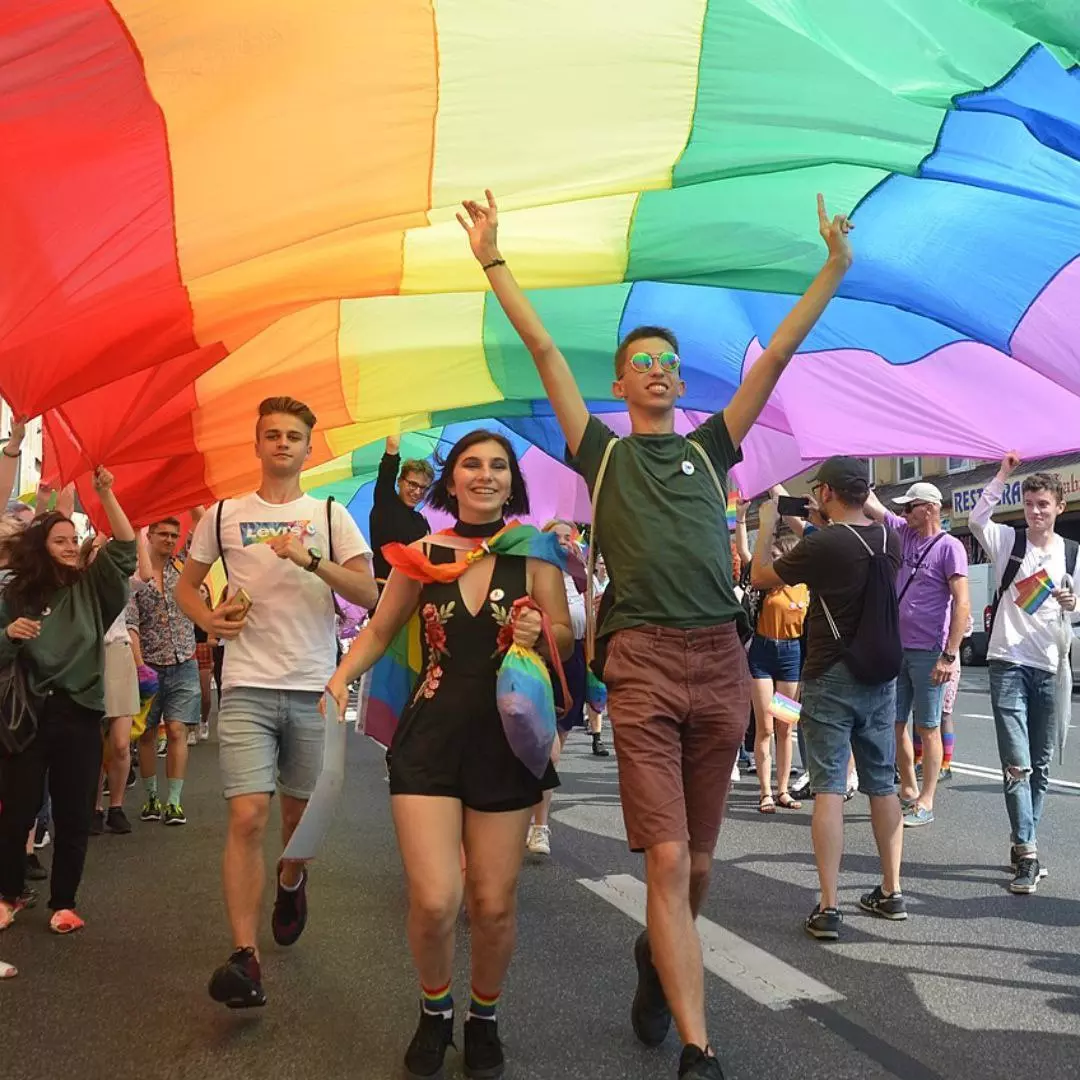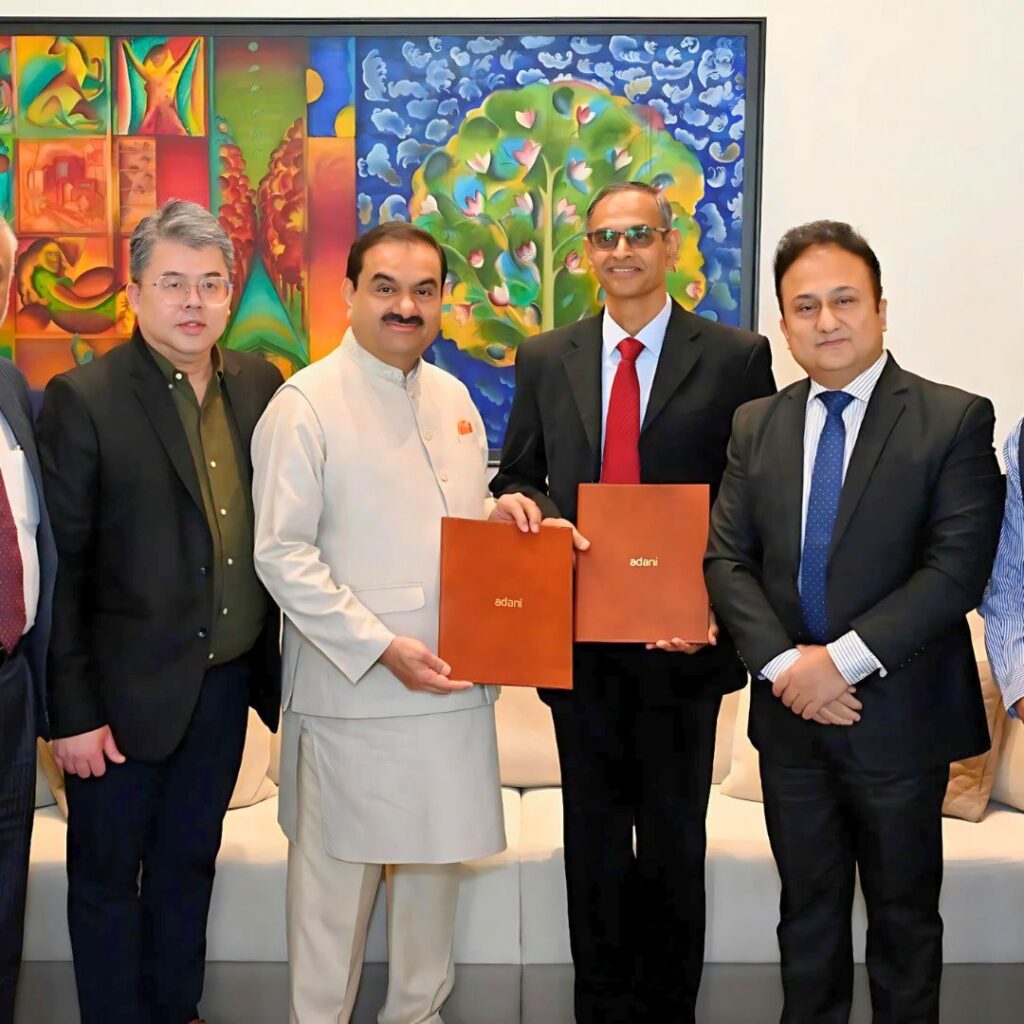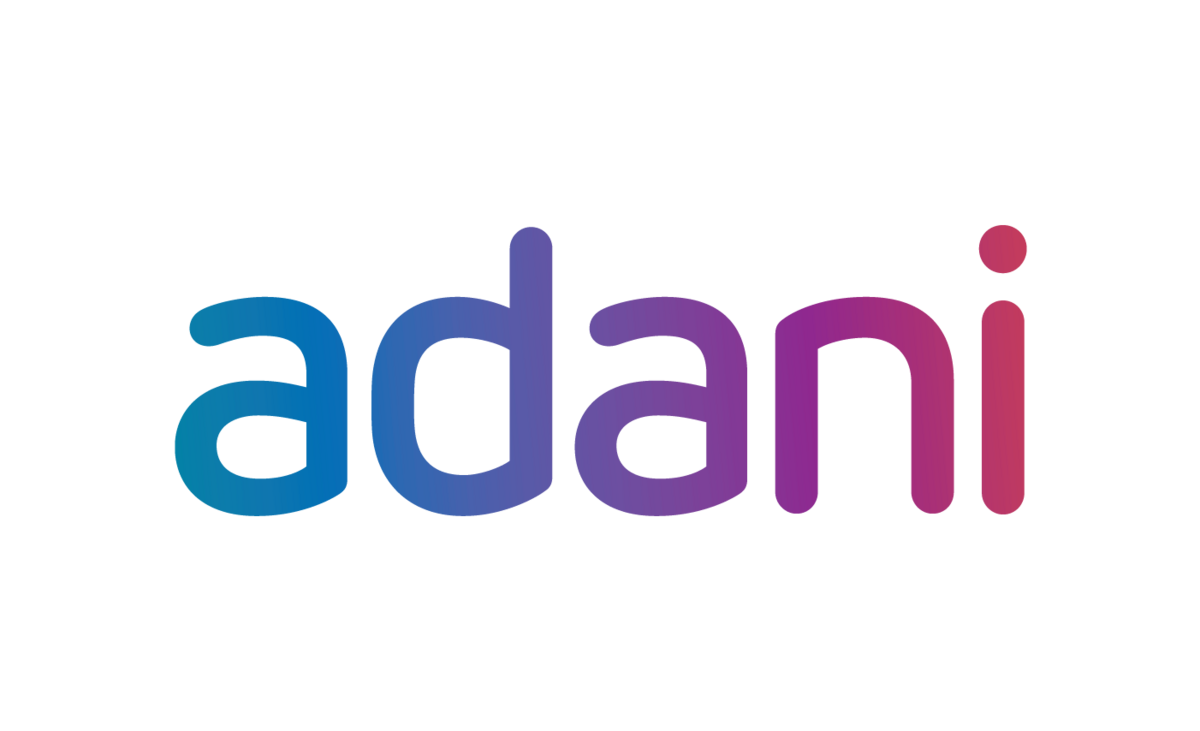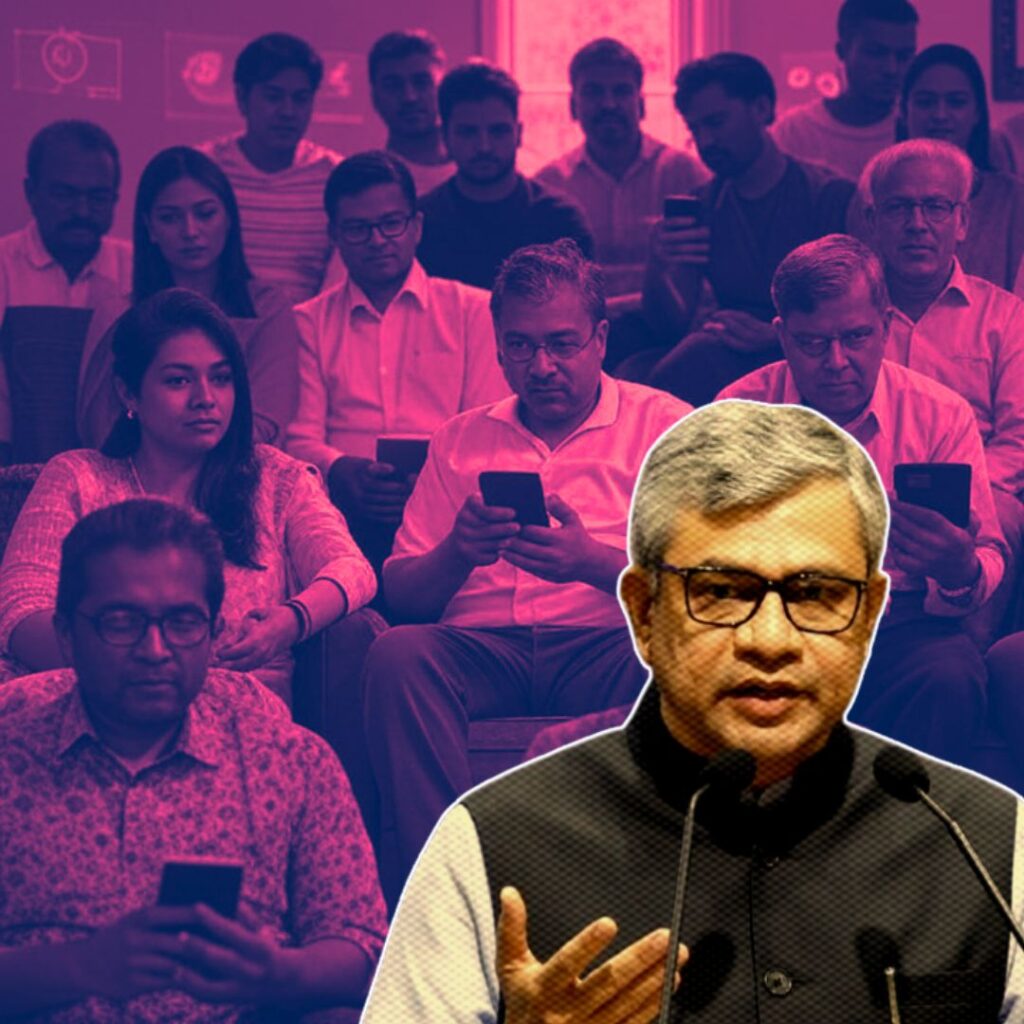A recent global survey has revealed that approximately 1 in 10 individuals in 30 nations identify as LGBTQ. The study found that these results varied significantly based on age, geographic location, and demographics, such as gender. Interestingly, younger people and those in more progressive countries were more likely to identify as LGBTQ.
The survey also shed light on how these same demographic factors significantly influenced attitudes towards crucial issues such as transgender discrimination and same-sex marriage.
The survey conducted in February and March by Ipsos, a market research firm, across 30 countries in the Americas, Europe, and Asia revealed some interesting findings. According to the survey, some participants identified as part of the LGBTQ+ community. 3% identified as gay or lesbian, 4% as bisexual, 0.9% as pansexual or omnisexual, and 0.9% asexual.
These numbers shed light on the diversity within the LGBTQ+ community and highlight the importance of inclusivity and acceptance. Regarding gender identification, 0.8% of respondents identified as transgender, 1.3% as nonbinary, gender nonconforming, or gender fluid, and 0.7% as neither male nor female.
Understanding Generational Gap
Survey respondents in Generation Z (born after 1997) were twice as likely as millennials (born between 1981 and 1996) to identify as bisexual, pansexual, omnisexual, or asexual, and four times more likely than those in Generation X (1965–1980) or baby boomers (1948–1964).
More than any other generation, nearly one in every five adults in Generation Z identify as homosexual, gay, bisexual, pansexual, omnisexual, asexual, transgender, or nonbinary.
There are massive and rising generation disparities, just as with sexual identification. Six per cent of Generation Z respondents identified as non-exclusively male or female, 3% of millennials did, and only 1% of Generation X and boomers did.
“We are seeing generational shifts. Globally, only 4% of boomers identify as LGBT+ versus 18% of Gen Z,” according to Nicolas Boyon, senior vice president of Ipsos. “Older generations are seeing this and are probably a little bit puzzled.”
Rising LGBTQ Visibility Globally
Since 2021 Ipsos last conducted its last survey worldwide, LGBTQ visibility has risen globally. Nearly half (47%) of respondents say they have a lesbian, gay, or bisexual relative, friend, or colleague, up from 42% in 2021, and more than a quarter (26%) say they know someone who is bisexual, an increase of 2 percentage points from 2021. Regarding gender identification, 13% of people know someone trans, a 3 percentage point rise from 2021.
The proportion of persons claiming to know someone LGBTQ varies significantly by nation. Gay, lesbian, and bisexual people were most visible in Brazil, Spain, Chile, and New Zealand, while they were least visible in Japan, South Korea, Romania, and Turkey, as per a report in NBC News
Thailand, New Zealand, the United States, and Australia showed the highest levels of gender diversity, while Romania, South Korea, Japan, and Hungary had the lowest levels.
Further, as per the survey, younger individuals and women are more likely than males and older respondents to know someone who is LGBTQ, and younger people, in particular, are far more likely to know someone who is transgender.
More than half of all respondents (56%) said same-sex marriage should be allowed, and 16% thought same-sex couples should be able to get legal recognition. In contrast, 14% opposed any type of legal recognition, while another 14% were unsure.
Also Read: Report Calls For 600 Km Of Stormwater Drains To Prevent Urban Floodings In Bengaluru
https://thelogicalindian.com/h-upload/2023/06/03/500x300_231958-photo2023-06-0313-57-07.webp
Gender
2023-06-03 08:28:48.0
‘Rising Generational Shift’: Global Survey Reveals 9% Of Adults Identify As LGBTQ











